Cree and Philips recently announced the equivalent of 60W-LED lamps priced below $15, but the two companies decided to take a different route in creative design. Cree Lighting's A-type LED lamps have a full range of light distribution and dimming, ranging in price from $9.97 to $13.97. Philips Lighting is sold for $14.97 and only shines in the upper hemisphere of the bulb. Both companies have designed the shape of the bulb as an incandescent lamp, but the internal solid-state lighting structure is quite different. The new product indicates that we will see LED luminaires that can replace 60-watt incandescent bulbs appear in mainstream stores for less than $10 in the near future. In fact, Philips North America CEO Ed Crawford promised that the company will launch such a product this year.
The Cree LED bulb series is available in three models on the market - 6 watts for $9.97, 450 lumens for 2700 K-- 9 watts for $13.97, 800 lumens for 5000K--9.5 watts for $13.97 and 800 lumens for 2700K. Philips has removed the shading adjustment in its design and lowered the price. The 10.5 watt 800 lumens is only $14.97.
Philips light design
Here, let's take a look at the interior design of the new light. Philips' luminaires use long-range phosphor technology. The warm white light that was introduced last December actually uses a white light as the inner core and a phosphor on the inner wall of the outer layer. Although the news said that the new 3000K lamp has been greatly improved, it still uses the same technology. Crawford explained that the new luminaire uses blue LED technology and its phosphor is applied to each illuminating unit. This is different from the popular practice of applying a phosphor to the inner wall of the second layer. That is to say, the phosphor-attached LED mold actually applies the phosphor to the inner wall of the first layer. The new technology will reduce a layer of light between the LED and the casing, which will inevitably save costs and provide illumination efficiency. However, does it maintain a technical advantage? The heat emitted by the LED light source causes the fluorescent material to gradually change color, and the outward shift of the fluorescent material is an important advantage. Crawford said that the thermal management technology developed by Philips engineers made it possible to apply the right phosphor to the light source. Philips placed the smeared phosphor at the end of the production sequence.
In discussing the market supply of Philips Lighting, Ed Crawford mentioned: “It is very important for us to build a vertically integrated company.†The company also expects to provide such LED products to other solid-state lighting manufacturers one day.
Cree Tower Light
Unlike Philips, CREE uses the concept of LED filaments, the term "filament" in the era of incandescent lamps is now increasingly popular in the solid-state lighting industry. At the recently held Lighting Strategy (SIL) conference, Intematix announced the small remote phosphor optics called the A-type filament. Similarly, MJ Jou, president of Epistar, said that its LED string design is called filament. Apparently, the filament quickly became a shorthand for the light-engine component of the LED retrofit bulb.
The cost of Cree bulbs is worth exploring. The internal use of 20 LEDs is divided into 10 component columns, while the XT-E LED small customers are priced at $1.50 and the large customers may be less than $1, so Cree's internal production costs will be Huge, its cost may account for more than half of the 60W equivalent lamp price. Silicone-coated glass casings and drivers (high-voltage LEDs will simplify driver design) add cost, and Cree promises a 10-year warranty, all of which indicates that Cree's profits are slim. The beneficiary is the customer. If the lamp is used frequently, it can be foreseen that the investment recovery period is about one year.
Spindle For Insulator is a slender rod or pin used in insulators as a anchor point to connect the insulators with electrical wires or cables. The Insulator Spindle is an important part of the ceramic Pin Insulator Spindle, which determines the mechanical strength of the Insulator Long Shank Spindle. Its purpose is to fix the insulator on overhead transmission lines or substations, and can use strain clamps, U-bolts, plates and various accessories.
Advantage
1. No waste electric energy
2. Large grip strength
3. Easy to install
4. Make pressure balanced
5. Smooth surface long service life
6. Versatility
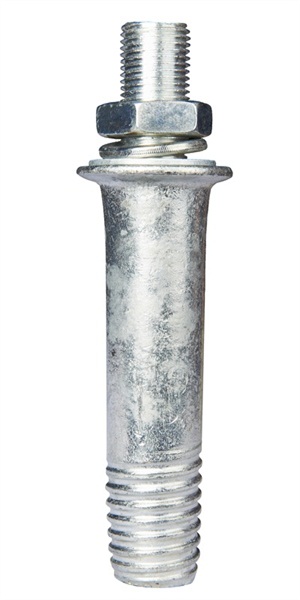
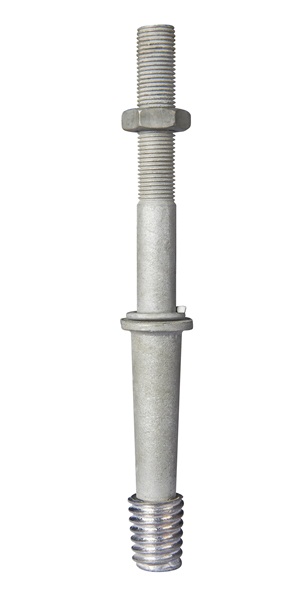

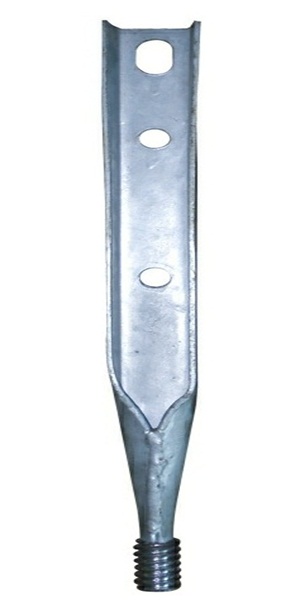
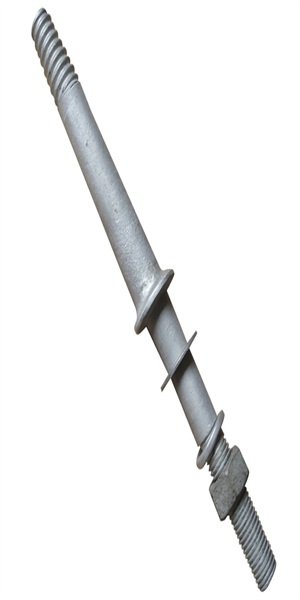
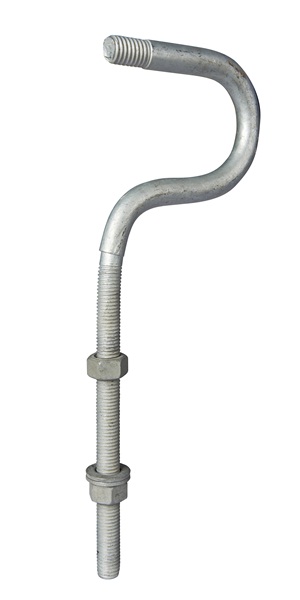
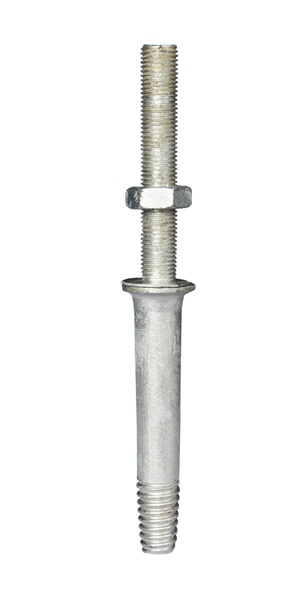
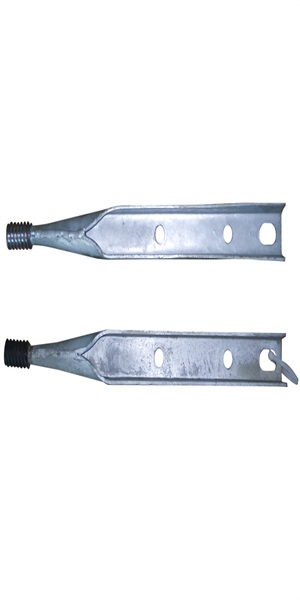
We warmly welcome friends both domestic and abroad to visit our company, if you have any questions, please contact with us directly.
Insulator Spindle
Insulator Spindle,Spindle For Insulator,Pin Insulator Spindle,Insulator Long Shank Spindle
FUZHOU SINGREE IMP.& EXP.CO.,LTD. , https://www.cninsulators.com






